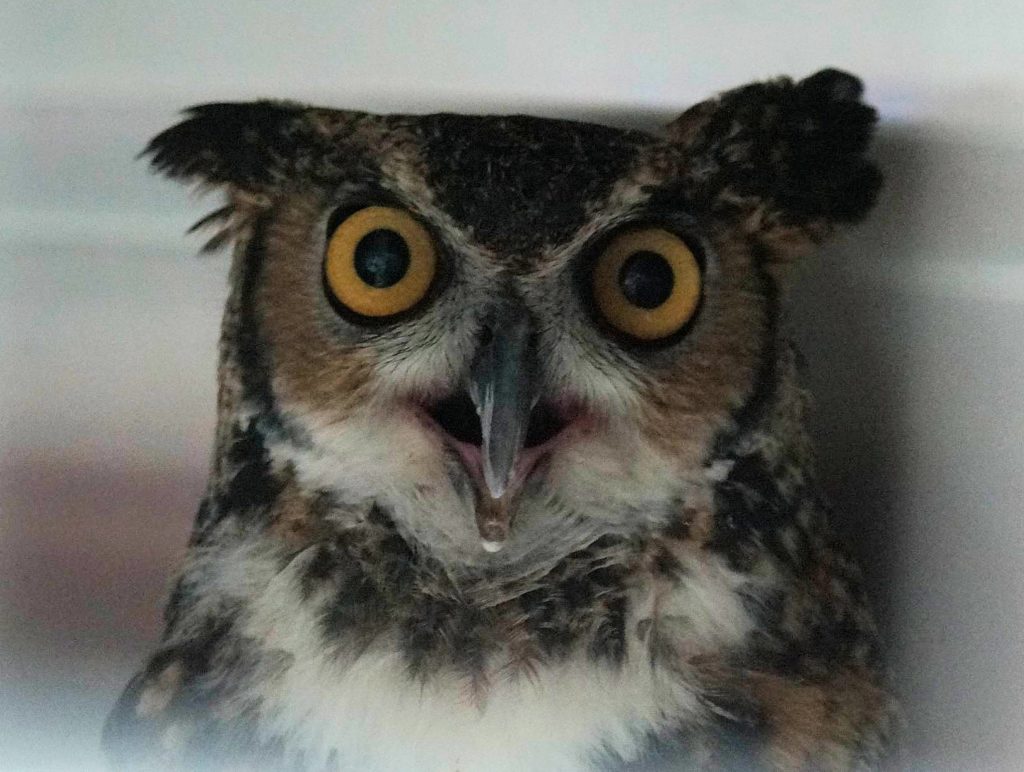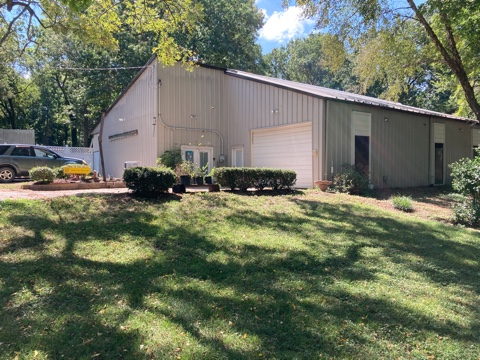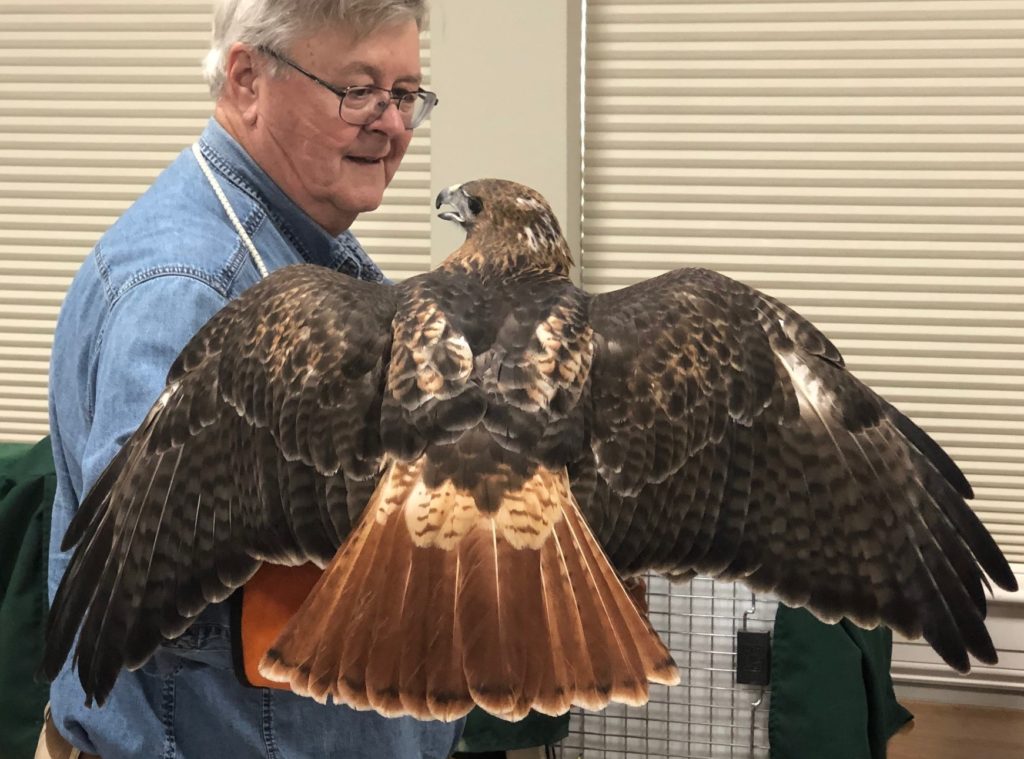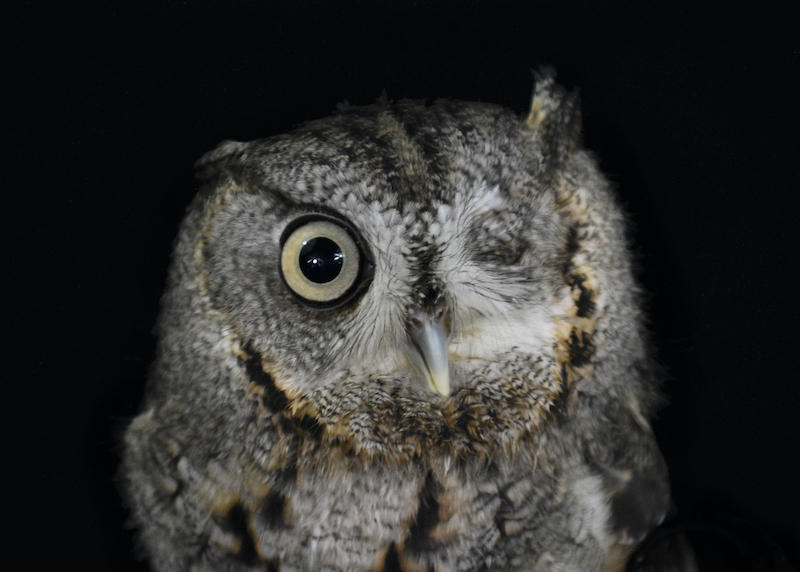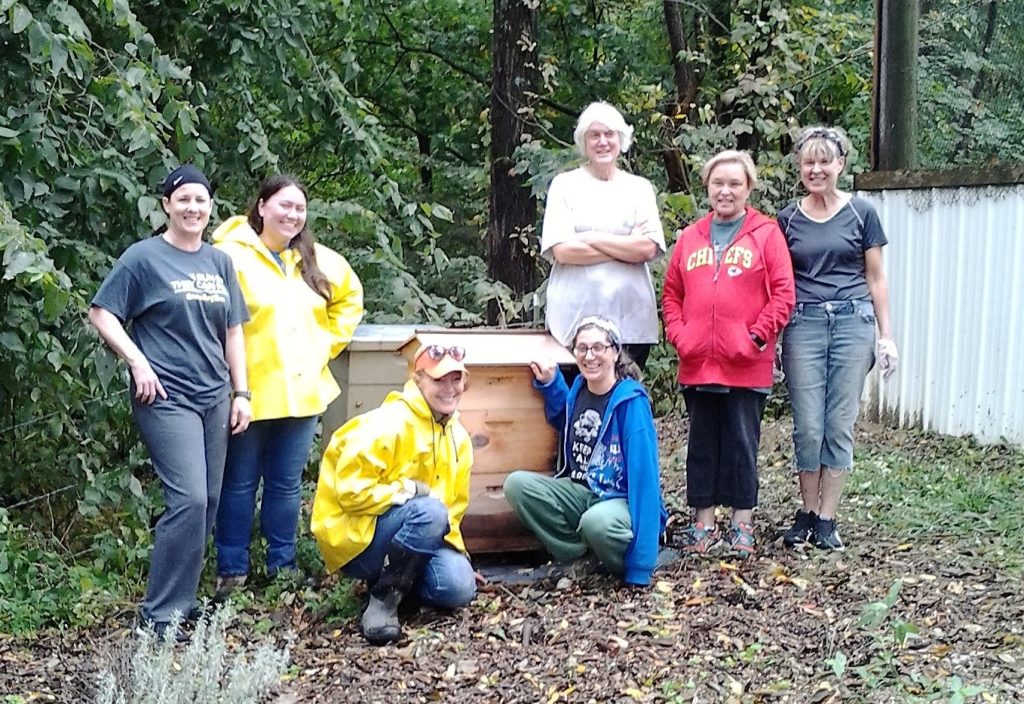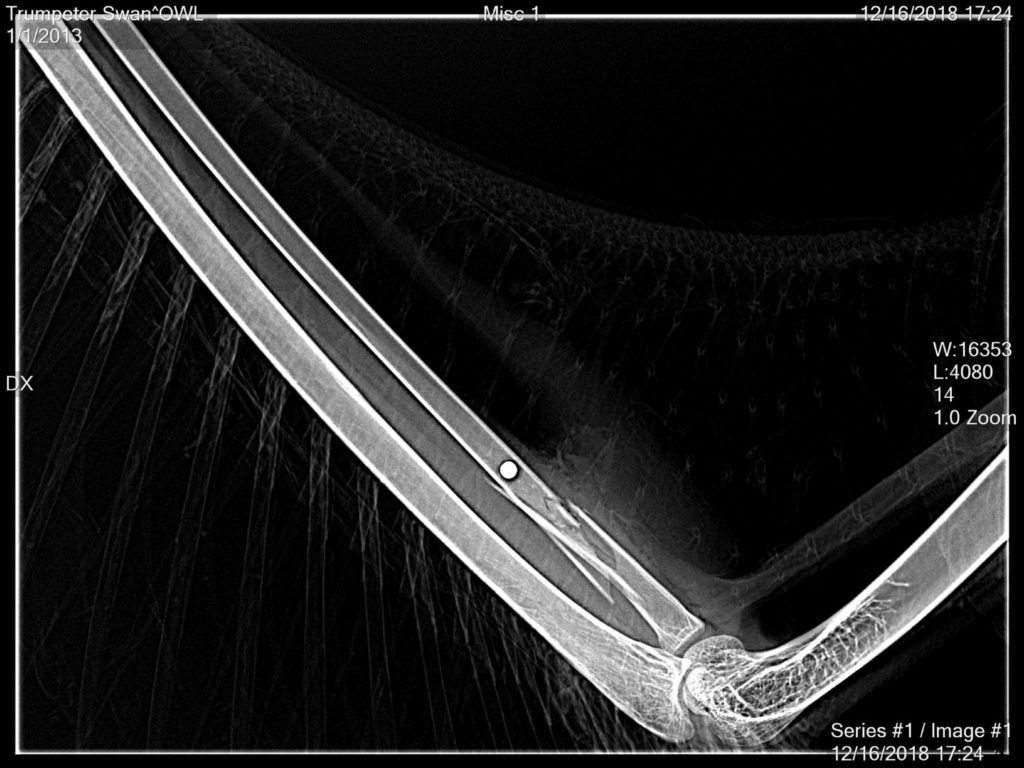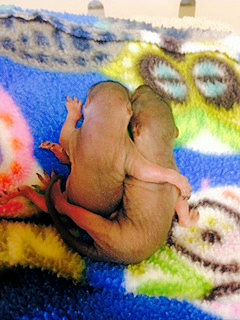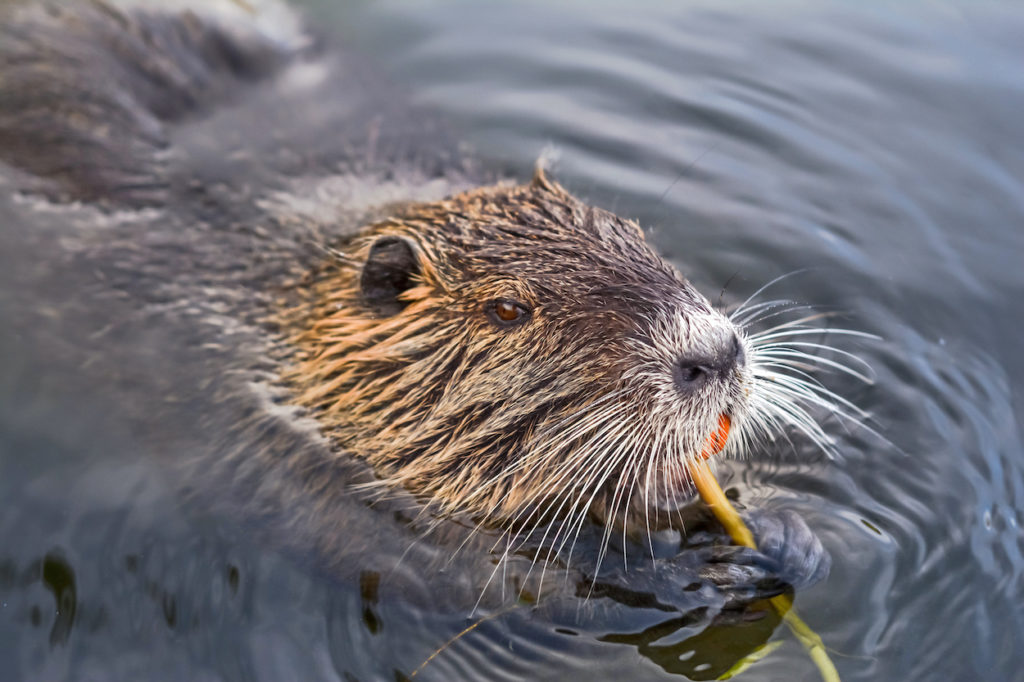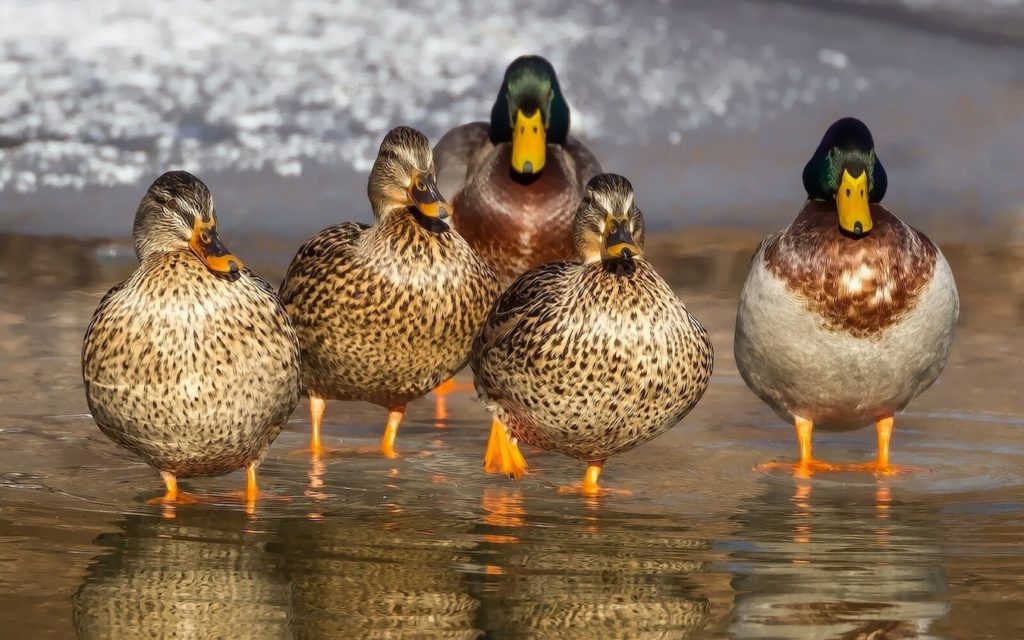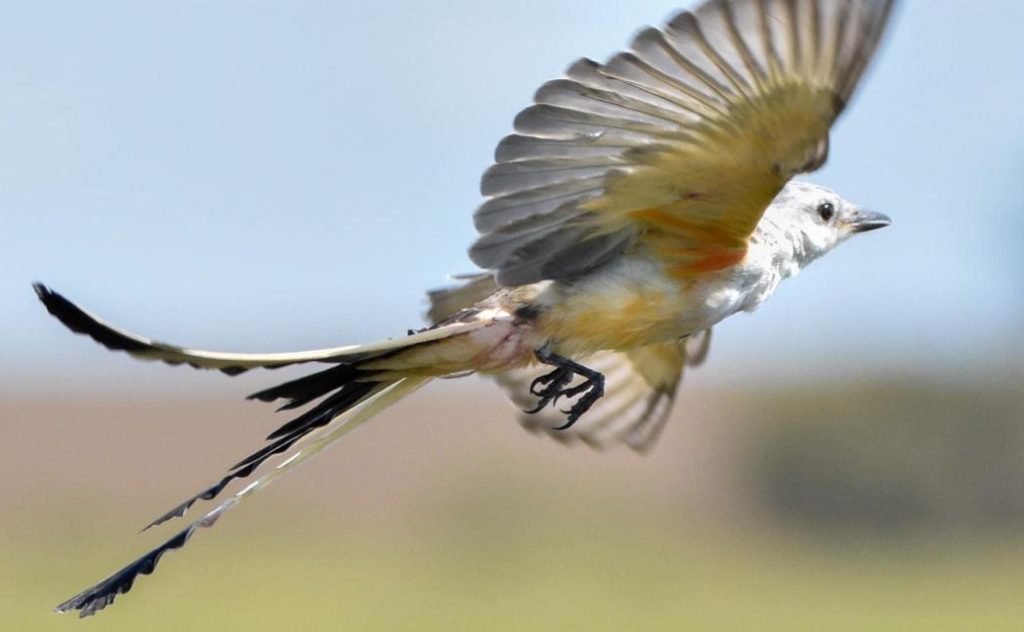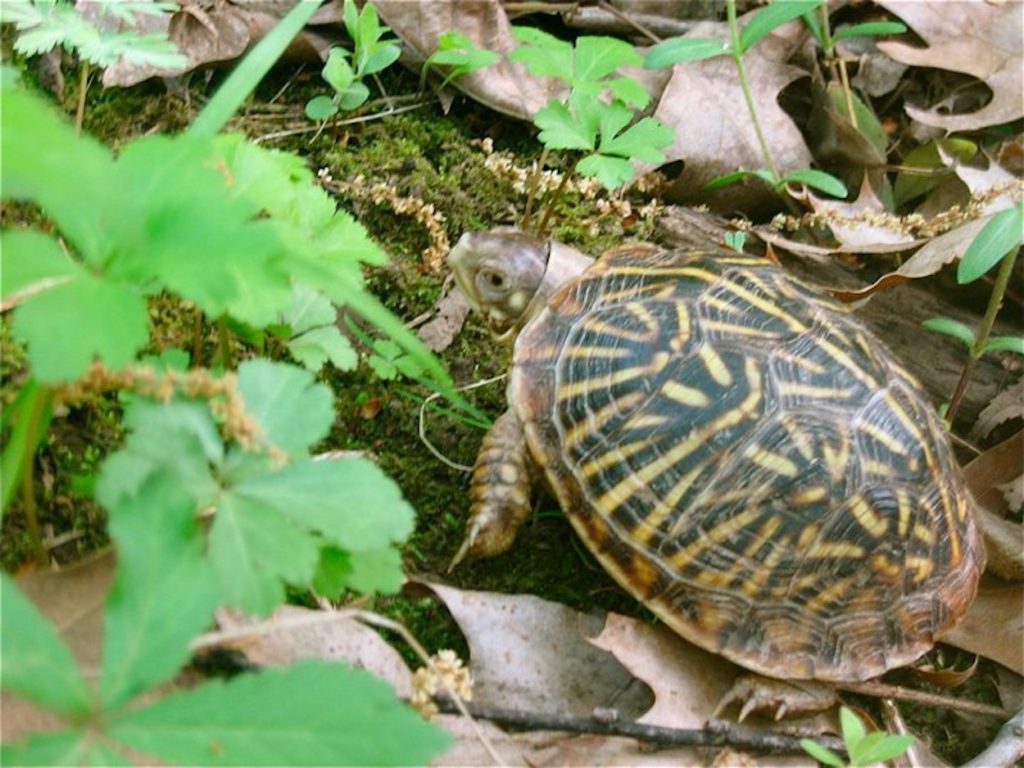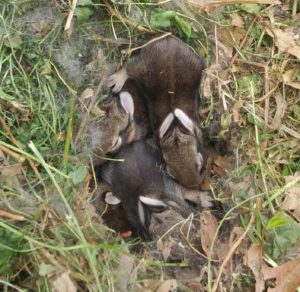About
Cottontail
Cottontails nest in shallow, hand-sized depressions in the ground. The mother rabbit pulls fur from her belly to line the nest and covers it with dried grass, so you may not even notice the nest in your yard. Cottontails also like to nest in tall grass, so if you haven’t mowed for a while, you may uncover nests when you mow.
Cottontails are prolific, producing as many as six or seven litters between early spring and late fall. Females can become pregnant while still nursing. Although each litter can be up to 12 babies, litters of 4 to 8 are more common.
Babies open their eyes at 7 to 10 days and leave the nest at 3 to 4 weeks. Mother rabbit comes to feed the babies at dawn and dusk, but otherwise stays away so she doesn’t attract predators to the nest. She sits on top of the nest to nurse for only a few minutes, and then she is gone again. If you are not looking for her, you may never see her feed the babies.
Baby Bunnies – To rescue or not to rescue
RULE # 1: If cottontail babies have their eyes open, ears upright and are tennis-ball size or larger with fluffy/fuzzy fur, they are around four weeks old and are weaned and on their own.
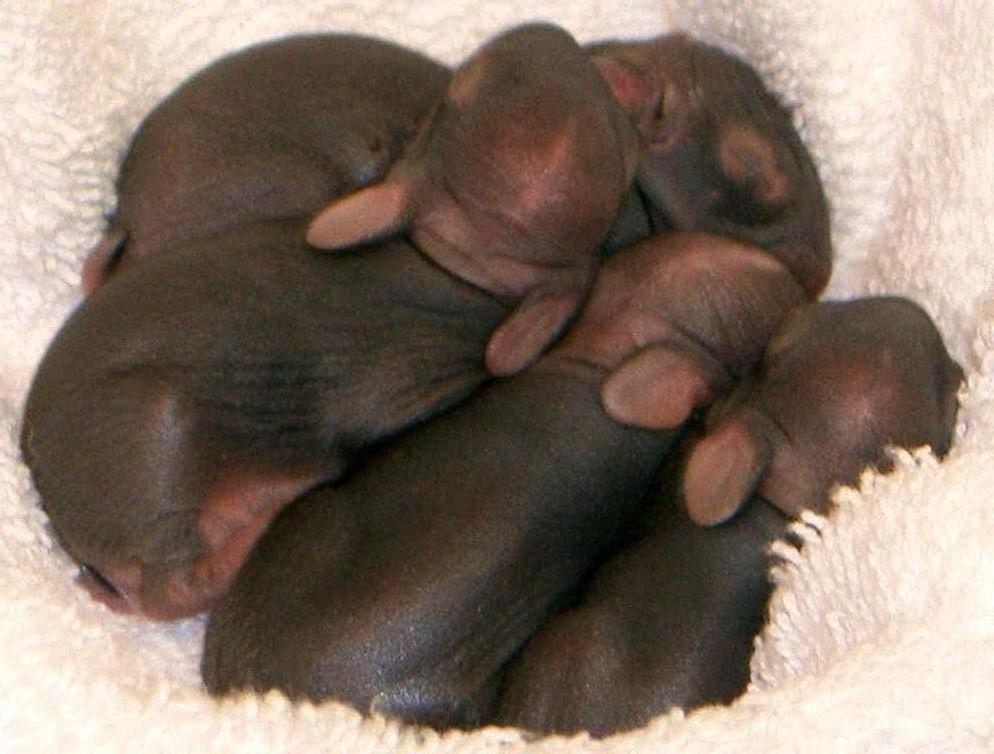
One to Two Days
A newborn cottontail is naked at birth, with greyish skin and pink nose and feet. Their tiny ears look like they are pinned back, and their eyes are closed. They resemble miniature piglets. Even at this stage, cottontails can produce an ear-piercing scream with mouths wide open when scared.
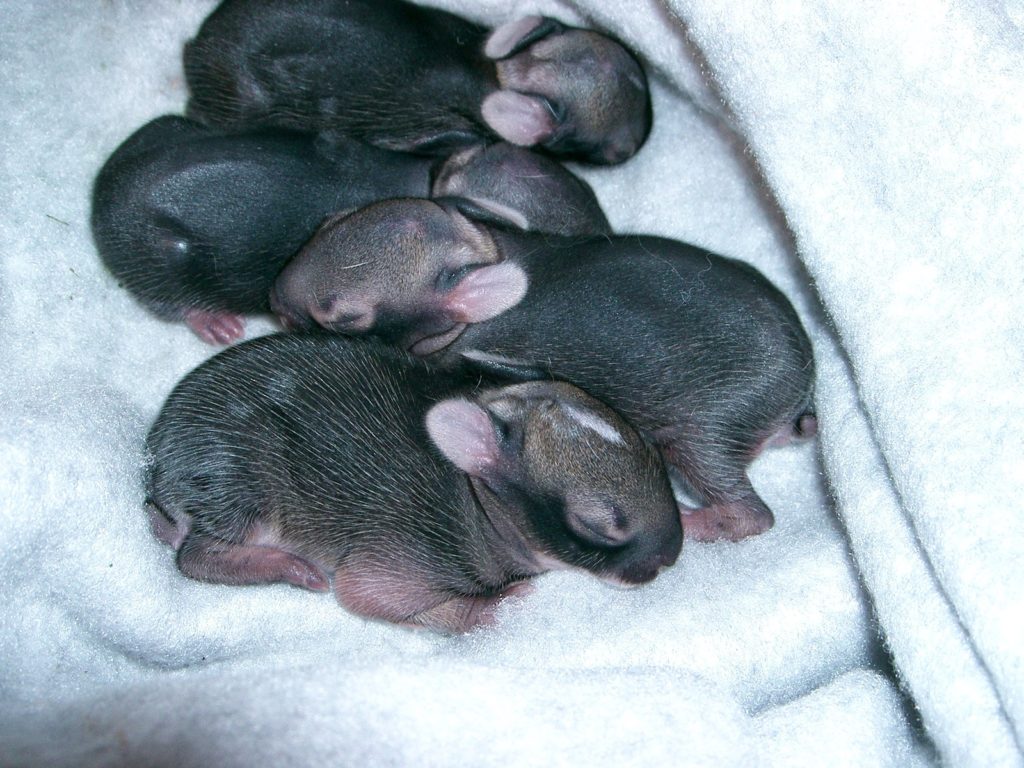
Three to Four Days
Covered with a velvety black fur and usually have a tiny white spot (blaze) on their foreheads. Eyes are closed and ears are still flat to the head.
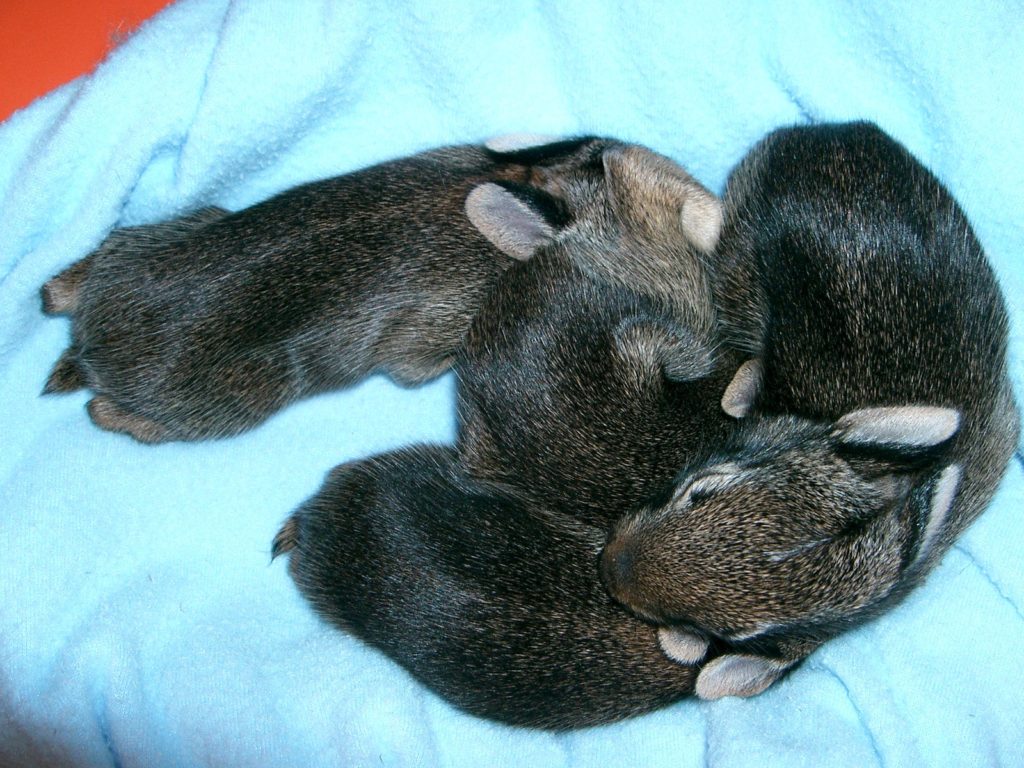
Five to Six Days
Typical mottled dark brown/tan/grey/white topcoat emerges on the head and neck, ears are longer, and although eyes are still shut, the babies are reacting to light and shadows.
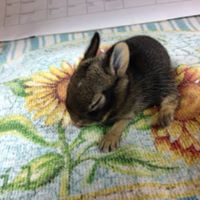
Seven to Ten Days
Eyes open, covered with slick fur, and ears are still back, but looking more like typical rabbit ears. Babies are more active, jumping when surprised and burrowing into the bedding.
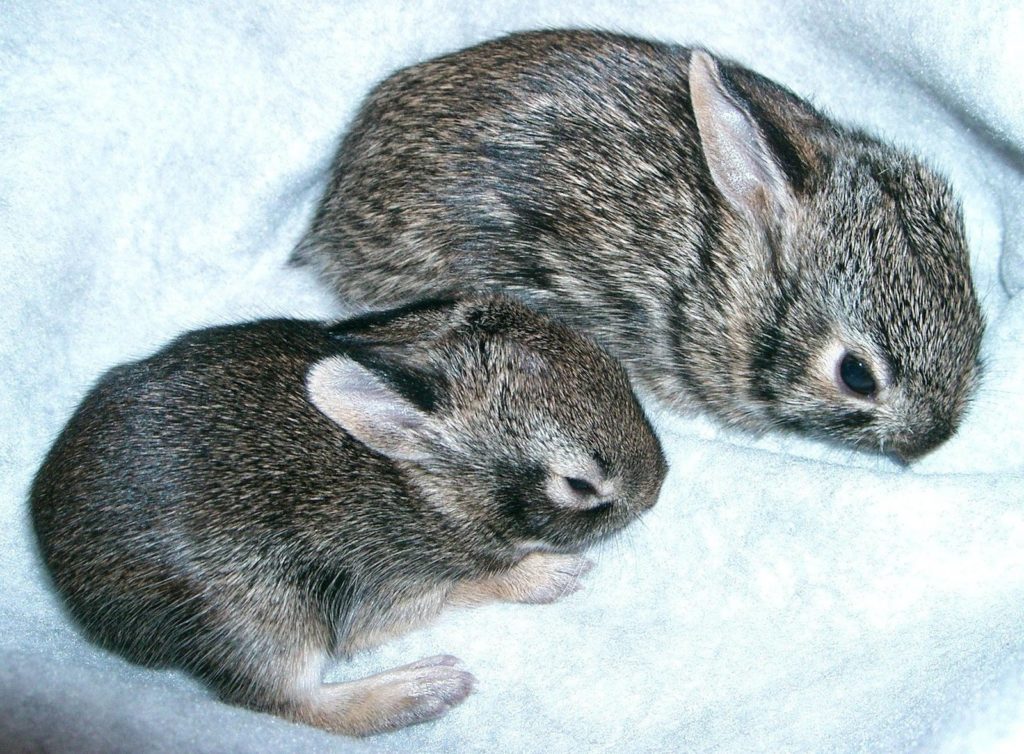
11 to 22 Days
Babies are starting to explore their environment and at two weeks, can leave the nest to nibble on plants, but will continue to nurse.
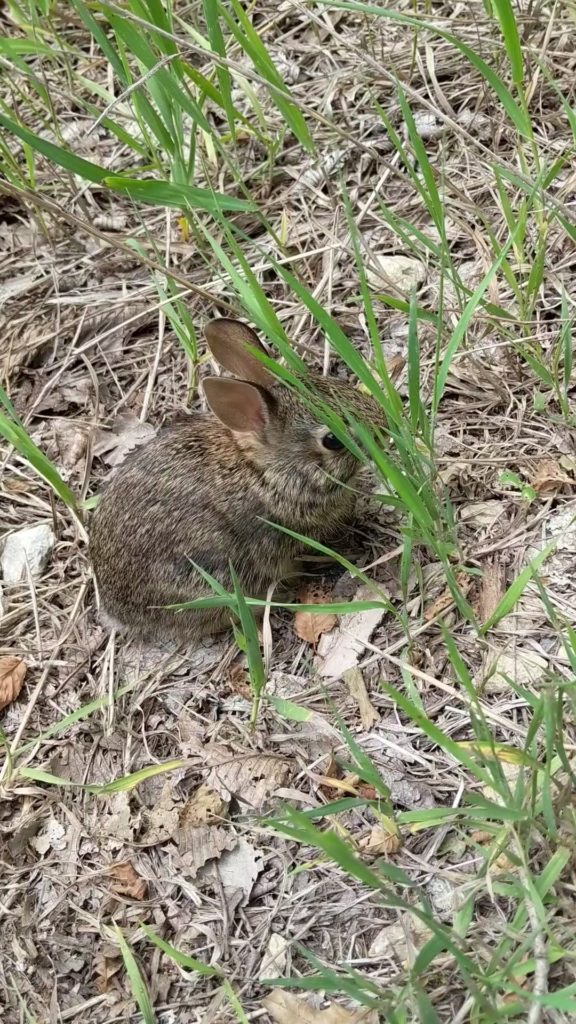
21 to 28 Days
Cottontails now fit in the palm of your hand. Their fur goes from slicked down to fluffy, ears are now upright, and they are eating more on their own, depending less on mother’s milk.
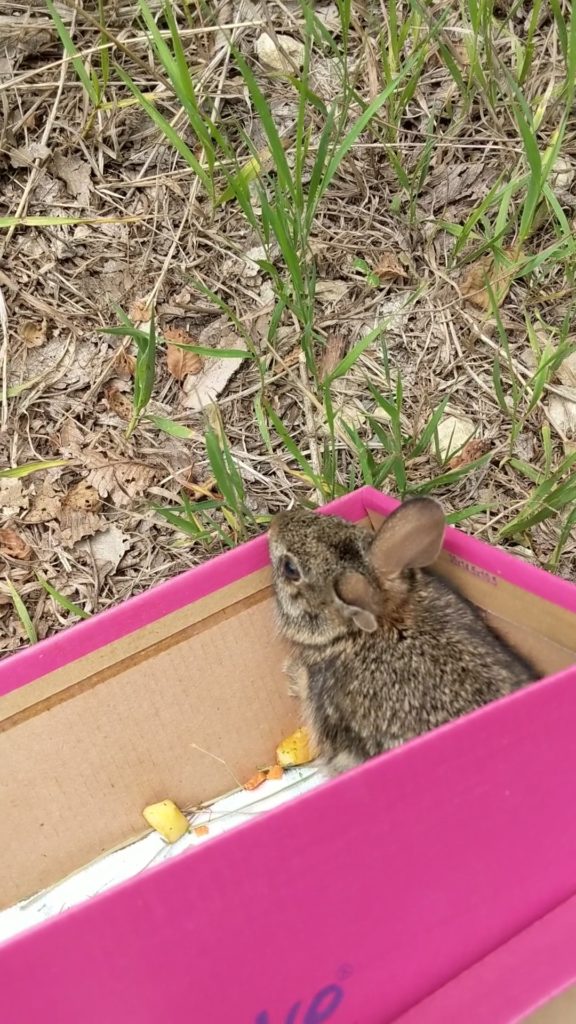
Four weeks
Cottontails are now fully independent. They are about four to five inches long, the size of a tennis ball, eyes are open, ears are erect, and fur is fluffy. The first week of independence is a risky time for youngsters who are learning to hide and sprint when they perceive danger. They sometimes panic and freeze when frightened. Many “orphans” are unnecessarily picked up at this stage of development. If you must chase a rabbit all over the yard to catch it, it is fine and does not need to be rescued.
Caught by Pets
Cottontails nest in shallow depressions in the ground. Because of the rather exposed locations of these nests, cats and dogs frequently discover the babies and destroy the nests.
Dogs
If a dog brings you a cottontail, return to the yard with it and see if the dog will go to the nest again. Look for rabbit fur, which the mother pulls fur from her abdomen before she goes into labor to line her nest and cover the babies like a little blanket. Most dogs pull the fur out of the nest to get to the babies.
The nest will look like a small softball-sized hole in the dirt, sometimes in the middle of the yard with nothing protecting it. Besides fur, there may be dried grass and leaves as bedding and over the top of the nest for camouflage.

What to do
If You Find the Nest
- Leave any uninjured babies in the nest.
- Touch all the bunnies in the nest so they all smell the same. Mom DOES NOT care—your scent is in the yard, anyway. It is a myth that touching the baby bunnies will cause her to abandon them. Perhaps created so we would leave them alone.
- Rebuild the nest, covering the uninjured babies with the fur, dried grass, and displaced leaves.
- DO NOT MOVE THE NEST. Mom finds her babies via GPS in her head, not by scent or sight. If you move the babies—even a couple of inches—from their original location, mom will not find them, and they will die. You must leave them where are.
- Remove injured babies and call OWL. See Warm, Dark and Quiet for how to secure and warm the bunnies to safely transport them.

What to do
Keep Pets from the Nest
- Cover the nest with an upside-down wheelbarrow so your cat/dog cannot get to it. Leave a 2-1/2-inch gap between the wheelbarrow and the ground so mom can access the nest.
- Place 1/2 of a dog or cat kennel over the nest and weight it down.
- Roll a lawnmower over the hole and raise the deck. Cottontail mom can get under, but pets cannot.
- Create a bunny shelter using cinder blocks and a piece of plywood – see our Bunny Protect Diagram
- If you cannot cover the hole, keep pets out of the yard for until babies become independent. Keep cats inside and keep your dog on a leash. Rabbits nest for two to three weeks maximum, and unless you found these babies on the day they were born (uncommon), you have a short wait before they leave.
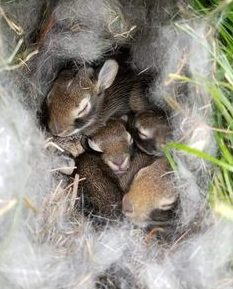
What to do
Rain has filled the nest with water
- Pull the bunnies out of the nest, dry them off with a soft towel and put them on a heat source to warm them up. Heating pad, Ziploc bag with warm water or a sock with rice works well.
- Pull the nesting material out of the nest, place it in a brown paper bag and use your blow dryer on low to dry it out.
- Sop up the water that’s in the hole so that is it dry and place the dry nesting material back in.
- If the burrow was on a slope and the water ran into it – make a dam and weigh it down with bricks to divert any other water.
- For burrows on the flat place a lawn chair, wheelbarrow or a 1/2 of a dog kennel over the nest to make a roof
- Replace the bunnies in the nest and touch them all – mom comes back twice a day to feed – early in the morning and at night around dusk.
- It doesn’t matter that you touch them the mom knows your scent.
- Do not put dead bunnies back into the nest
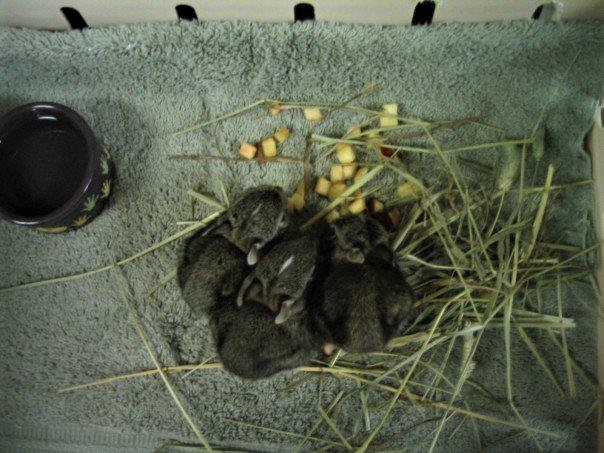
What to do
Lawn Mower Ran Over Nest
Sometimes, you’ll see fur fly from the chute while mowing the lawn and think you’ve run over mom and killed her. This is fur that she’s pulled from her abdomen to line the nest, not her. She is too fast to allow a loud lawn mower to run over her. What to do:
- Stop the mower and look for babies that may have been pulled from the nest.
- DO NOT REMOVE THE OTHER BUNNIES. If they are not injured, leave them in the nest, flag its location, and mow around it for a few weeks.
- Touch all of them so they smell the same
- If any are bleeding or injured, bring them to Operation Wildlife immediately.

What to do
Injured Adults
Any adult cottontail that can be captured by people is in serious trouble. Quick transport is essential, and proper handling and quiet are mandatory if the animal is to have any chance for recovery.
To secure an injured adult, place a towel gently over the rabbit, carefully scoop it up, place it into a cardboard box, and secure the lid or opening with masking or duct tape. Talking, radios, dog barking, and other disturbing noises should be avoided.
Signs of Injury
If you notice any of these issues, contact OWL as soon as possible:
- Has been fed any kind of formula, milk, sugar, honey, or egg yolk.
- Has been in a cat or dog’s mouth.
- Broken limb, cuts, or bruises.
- Head tilt.
- Bleeding.
- Loosely hanging fur patches or flaps of skin (de-gloving).
- Unable to stand or move without falling over.
Common Concerns
Cottontails can carry a disease called tularemia that can be transmitted to people. Always thoroughly wash your hands with plenty of soap and water after handling any wild animal. Health professionals recommend washing your hands with soap for the time it takes to sing the “Happy Birthday” song twice and then rinse with plenty of water. This is also a good reason to keep children from handling, kissing, or cuddling “cute” bunny/wildlife babies.
We get many calls about cottontail nests in inconvenient places in the yard or children’s play area. You cannot move the nest and expect the mother to find it. Cottontails find their babies via GPS in her head, not by scent or sight. If you move the babies even a couple of inches from their original location, mom will not find them, and they will DIE. You must leave them where they are. Cordon off the area and protect them for a few weeks. They will be gone in three weeks at the maximum. Try the Bunny Protect Diagram
The mother rabbit comes to feed the babies twice a day—dawn and dusk—she doesn’t stay around because she doesn’t want to attract predators to the nest. The only reason mother rabbit ventures out during the day and risks being seen by a predator is to lure one from her nest and babies. Here are ways to check if mom is visiting the nest and caring for babies.
Milk Line Test: To see if the babies have been fed recently, pick up one or two, lay them on their back, and look for a white spot about the size of a nickel on their belly. If the babies are not completely furred yet, their skin is still transparent, and you will be able to see the milk from the last feeding in their bellies.
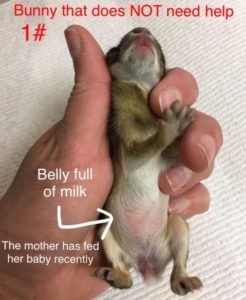
String Test: This test provides clear evidence of whether mom is visiting the nest. It’s simply a crosshatch arrangement of strings over the nest that will be disturbed when she comes to nurse the babies. String Test
- Touch all the bunnies so they smell the same and place back in nest.
- Arrange five to six pieces of sewing thread or string vertically and horizontally one inch apart to form a grid.
- Leave the nest undisturbed until the following morning.
If the mother has returned to nurse her babies, you should see where the strings have been disturbed. Nothing further needs to be done, unless the nest needs to be protected from predators. Bunny Protect Diagram If the strings have not moved at all, do the pinch test for dehydration.
Pinch Test for Dehydration: Pick up the bunny, its belly to the palm of your hand, and lightly pinch the skin at the nape. Pull up, give a half twist, and let go. If skin stays tented/puckered, the bunny is dehydrated and needs to come to OWL. If skin springs back into place, the bunny is being cared for and should be left alone.
Protect the nest with a small, easy-to-make shelter that keeps out cats, dogs, predators, and children, but allows mom to feed the babies. You need five concrete blocks and a piece of plywood about 18 inches square, all of which you can purchase at a hardware store.
Place four concrete blocks around the nest in a square top with plywood, and another concrete block on top of the plywood. If you have a medium-to-large dog, you can place the holes facing out on two of the blocks across from each other and Mom can get in, but dogs cannot.
If you have a small dog or a cat, place the flat sides outward and leave an entrance/exit hole for Mom that is 2-1/2 inches wide. An adult rabbit can fit this narrow space. Make the entrance and exit holes diagonally across from each other by leaving gaps between the concrete blocks. If you want to make sure Mom is coming back, do the String Test, and check the nest 24 hours later.
The First Treatment for Shock or Injury: Warm, Dark, and Quiet
If you need to bring a baby animal into OWL, the most important thing you must do is to keep them warm and quiet.
Container
Put them in a shoebox or other small container with several small air holes in the lid and a small non-terrycloth towel, fleece cloth, or t-shirt in the bottom. Tape the lid to keep secure.
Heating Pad
If you have a heating pad, set to low and place the box half on/off the pad, so babies can move away from the heat if they need to.
Rice Bag
You can also fill a sock or knee-high pantyhose with uncooked dry rice. Microwave the rice-filled sock for 30 to 60 seconds. This heat source will last about 20 to 30 minutes. Place the rice sock in the container under the towel, and place the animal on or near it, but not directly in contact with the rice sock.
Ziploc bag
Fill a Ziploc bag with warm (not hot) water, put it inside another Ziploc bag, and place under the towel next to the animal. The double bag guards against leaks and prevents the animal from getting wet and chilled.
Food/Water
Do not feed or give them anything to drink. The wrong foods can quickly cause enteritis (diarrhea) and death. Keeping the baby warm is more important than feeding it. A cottontail mother produces a fatty acid in her milk that combines with enzymes in the baby’s stomach that basically keeps the gut sterile. It is impossible to artificially reproduce this action. We use a special formula that is made specifically for wild animals and cannot be purchased over the counter.
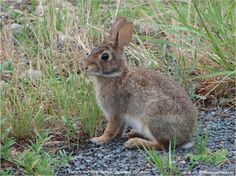
What to do
Rabbits Eating my Plants
While there’s no accounting for individual taste, in a dry summer when food is scarce, desperation can make animals less picky about what they eat. These are some great plants to try if you have difficulty with rabbits eating plants in your garden.
Plant to Deter Rabbits
- Achillea (yarrow)
- Iris
- Aconitum (monkshood)
- Kniphofia (red hot poker)
- Alchemilla (lady’s mantle)
- Liriope (lily turf, monkey grass)
- Anemone
- Lobelia (cardinal flower)
- Aquilegia (columbine)
- Lupinus (lupine)
- Aster
- Malva (mallow)
- Myosotis (forget-me-not)
- Baptisia (false indigo)
- Nepeta (catmint)
- Sempervivum (hens and chicks)
- Euphorbia (spurge)
- Stachys (lambs ears)
- Filipendula (meadowsweet)
- Cerastium (snow in summer)
- Osmunda (royal fern)
- Cimicifuga (cohosh, bugbane)
- Trollius (globeflower)
- Geranium (cranesbill)
- Viola (violet)
- Hellebores (Lenten rose)
- Yucca
- Hosta
- Trumpet vines (Campsis) and climbing
- Polemonium (Jacob’s ladder)
- Corydalis
- Pulmonaria (lungwort)
- Digitalis (foxglove)
- Salvia
- Dryopteris (autumn fern)
- Sedum (live forever, stonecrop)
- Epimedium (barren wort)
- Astilbe
- Matteuccia (ostrich fern)
- Athyrium (both tatting fern and Japanese painted fern)
- Houttuynia
- Hydrangea (Hydrangea petiolaris)

Contact Operation WildLife for help.

